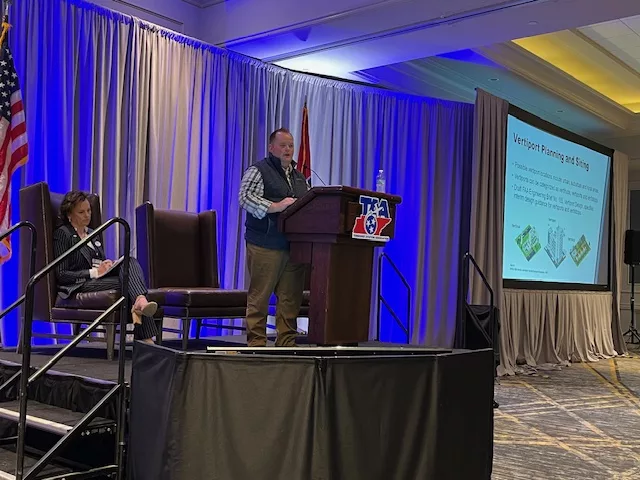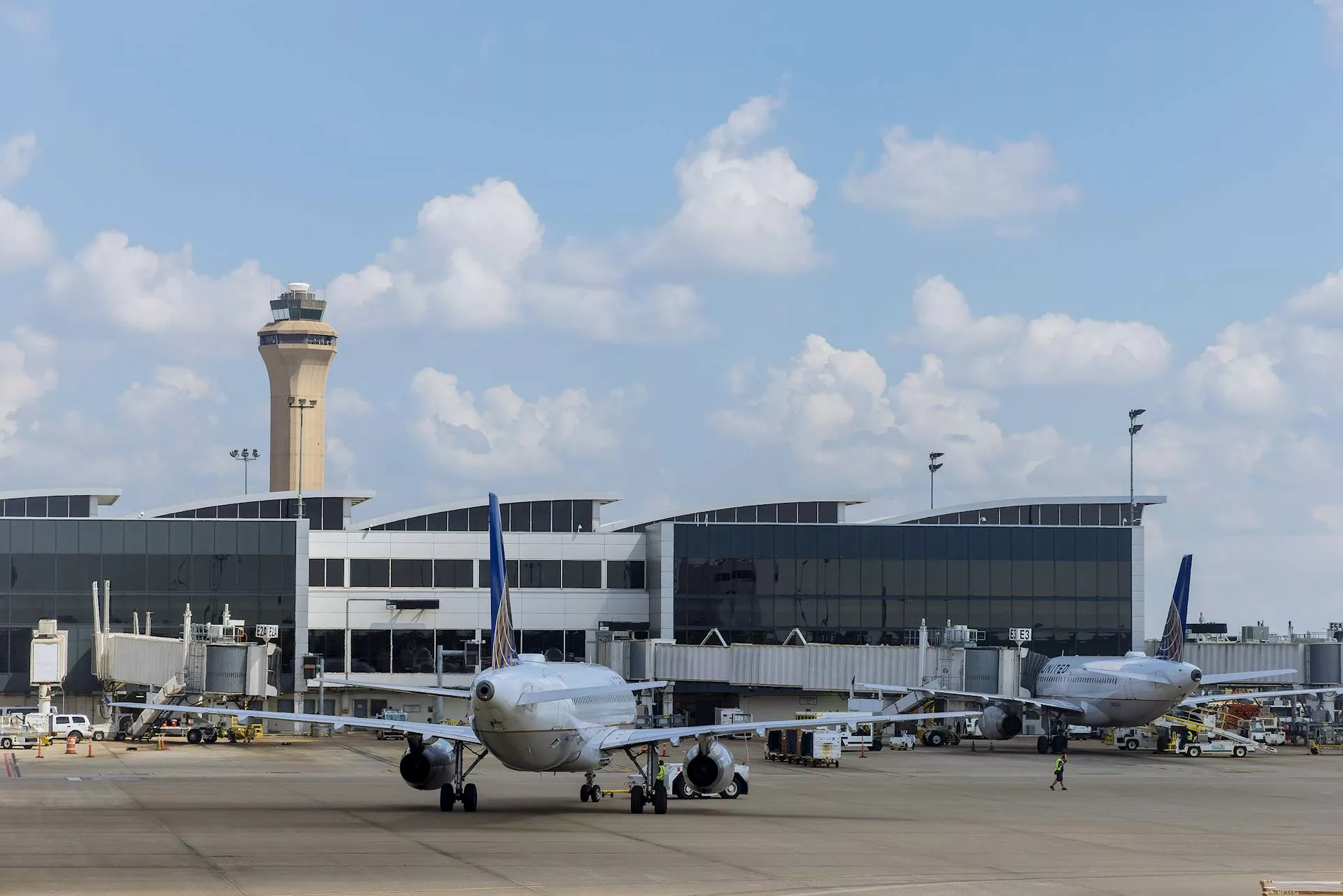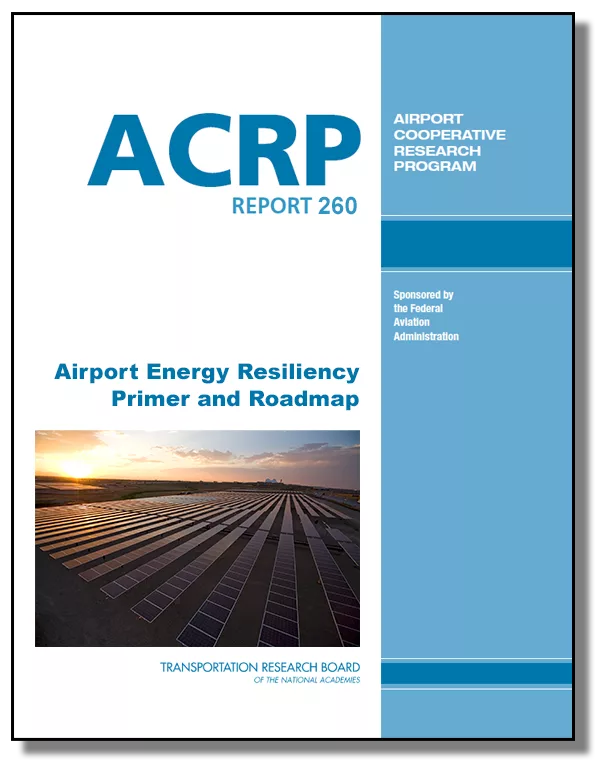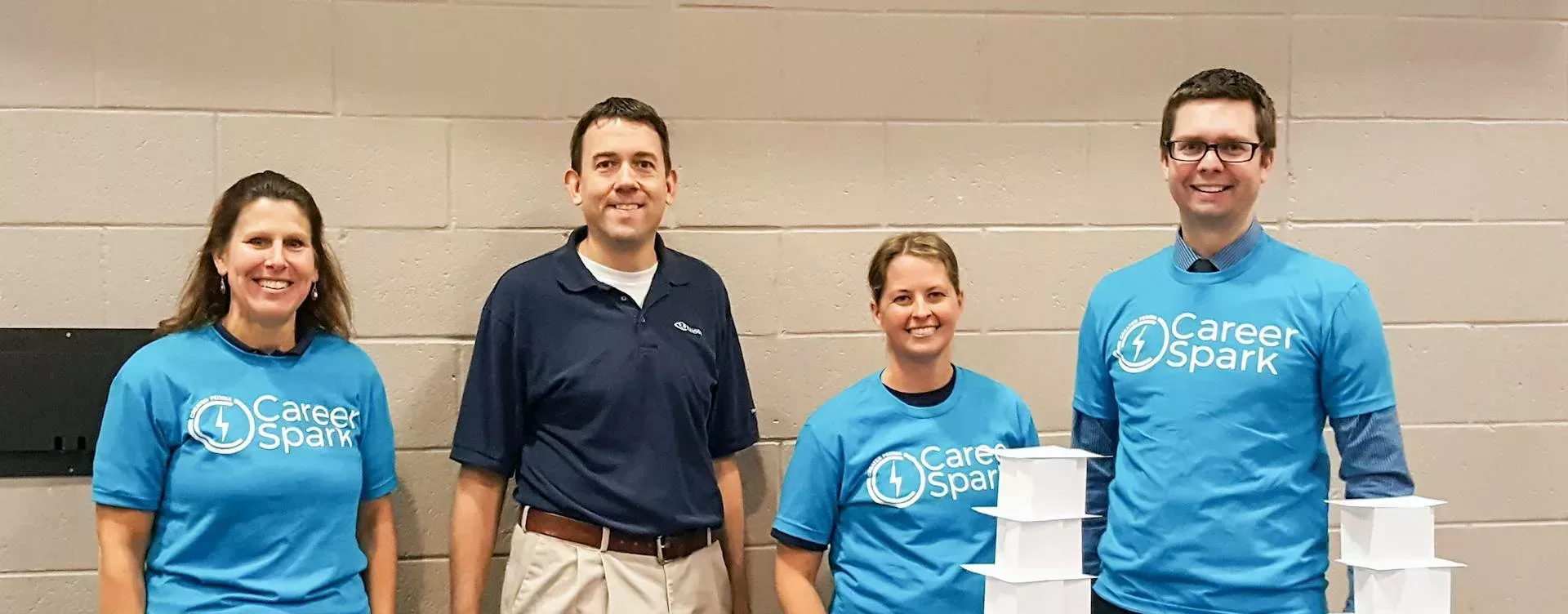
Airports Conference March 6 in Franklin, Tennessee.
Technology is a quickly moving phenomenon, and keeping pace with the changes requires looking ahead and investing in the infrastructure and other elements needed to accommodate those changes.
Hanson Associate Project Manager Kyle Dorf, P.E., recently spoke about smart planning for general aviation (GA) airports at the 2024 Tennessee Airports Conference in Franklin, Tennessee. According to Kyle, now is the time for airports to consider how they can benefit from the $6 billion available through the Bipartisan Infrastructure Law for upgrading electrical charging station infrastructure and position themselves well for other changes on the horizon.
GA airports should include aircraft, airspace, operations, infrastructure and community elements in their long-term planning, and a solid list of action items would encompass a site plan/master plan; airport layout plan update; airspace analysis; microgrid, if necessary because of vertiport size; operational projections; collateral land development; capital development and a funding/grant availability analysis; and community and stakeholder input.
eVTOL evolution
The Advanced Aviation Infrastructure Modernization Act defines advanced air mobility (AAM) as an air transport network that moves passengers and freight using remotely piloted, autonomous or vertical takeoff and landing (eVTOL) aircraft. Drones are already in use for package delivery, but full-size eVTOL aircraft are being tested for transporting cargo and passengers. Initial eVTOL operations will likely serve cargo and medical transport needs.
According to the Advanced Air Mobility Reality Index, American Airlines, United, NetJets and UPS have placed orders for eVTOL aircraft, and other significant owners and investors include Boeing, Embraer, Airbus, Honda and Hyundai. The U.S. Department of Transportation, U.S. Air Force and NASA are major research stakeholders. More than $11 billion has been invested in the AAM sector since 2018.
The Deloitte analysis of AAM and studies by the U.S. Environmental Protection Agency and AAM eVTOL manufacturing companies have shown that AAM could cut intracity travel time by more than 60%, with zero emissions from flight operations. It could be used for airport-to-airport transit; intracity service, via an on-demand air taxi/ride-hailing service elevate concept; and for regional mobility, with the potential to serve smaller markets, such as with one-stop service to large airport hubs for domestic and international connections.
Vertiports will likely pop up in urban, suburban and rural areas and will include vertihubs and vertistops. The Federal Aviation Administration’s (FAA) draft Engineering Brief No. 105: Vertiport Design specifies interim design guidance for vertiports and vertistops.
Rural eVTOL preparation
Urban air mobility (UAM) is a common term associated with AAM and eVTOL development, but many GA airports across the country are in rural areas. What does the future of eVTOL look like for those airports? How do rural airports need to prepare for accommodating eVTOL development? Hanson’s aviation team can help any airport build an infrastructure strategy by assisting with airport layout plan updates; airport operational analysis; electrical resiliency and microgrid planning analysis; federal, state and local planning coordination; and preliminary obstruction and airspace analysis. We also provide civil site design, licensure coordination, site planning and site selection planning for vertiports and vertistops.
The first FAA-approved commercial eVTOL operator in the U.S. is Guardian Agriculture, which will start deliveries later this year via its automated crop protection system designed for crop irrigation and other farming uses. How could your airport benefit from accommodating this type of user?
Electrical infrastructure considerations
In the not-so-distant future, airports will need to accommodate electrical requirements for eVTOL aircraft and other electric-powered technology. Among these considerations:
- Agnostic electrical charging connections will need to be mandated.
- Some aircraft will require megawatt-level charging to support rapid recharging.
- Airports and large vertiports will require significant microgrid-level planning and investment to handle the new electrical loads for eVTOLs and other new and additional electric-powered technology.
- Electrification master plans are for an entire airport and can include the output of an energy roadmap for the facilities.
- An energy roadmap is more focused on facilities and would include quantified decarbonization, an energy-use baseline, energy efficiency modifications and renewable energy options.
With our partners, Hanson can team with airports to plan electrification goals; create an electrical master plan that meets short-, medium- and long-term electrical demands and resiliency needs; incorporate needed projects into the overall master plan and capital improvement program; design the planned projects; and support project construction.
As authors of the Airport Cooperative Research Program’s Research Report 260: Airport Energy Resiliency Roadmap, we recommend that the following is considered for a
- Airport operations require energy to meet customer needs.
- Airports are a hub for energy personnel and services, and they need the ability to continue operations, despite natural or human-made disruptive events.
- Airports need to plan for longer-term shifts in energy supply and demand.
- Stakeholder engagement, including the utility provider, is crucial to process an airport’s goals, tools and strategy.
The time is now
The age of eVTOL and other evolving technologies is upon us, and the time has arrived to start thinking about your airport’s readiness. Our team of trusted aviation partners is ready to help you meet the changes and challenges with knowledge and preparation. Let us be your partner for your smart future.
Kyle Dorf is an associate project manager at Hanson’s St. Charles, Missouri, office who can be reached at kdorf@hanson-inc.com.





